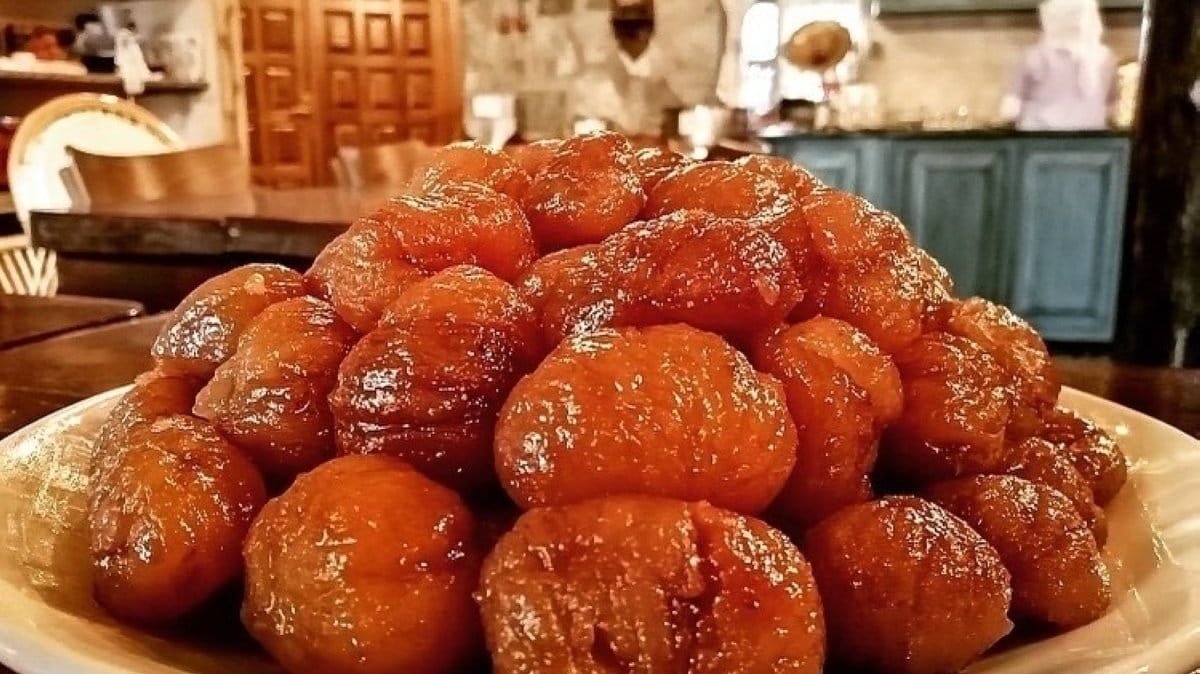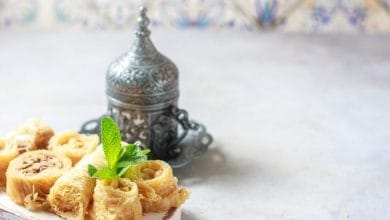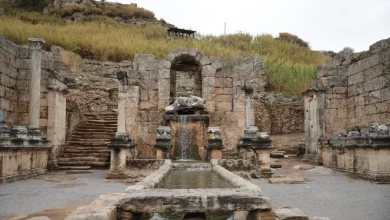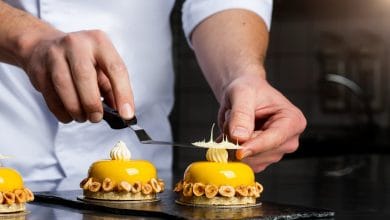Turkish candied chestnuts conquer Japan, sweeten global palates

In the district of Nazilli, Aydın, a family business began producing candied chestnuts 18 years ago, and 15 years ago, they introduced this unique taste to the Japanese market. Over time, this product has captured the hearts of people in Japan, 10,000 kilometers (over 6,000 miles) away, making them loyal consumers of the sweet treat.
Aydın chestnuts, which have received geographical indication status, have gained international recognition. Known for its delicious kebab, chestnuts are now also popular as a treat that sweetens the taste buds and decorates tables across the Far East. The candied chestnuts produced in Nazilli are exported to many countries, with Japan being the largest market. This beloved delicacy continues to be a favorite during cold winter days.
First choice
The candied chestnuts produced in the Aksu neighborhood of Nazilli has garnered great domestic and international interest. The famous “Şekerci” chestnut, grown in the high-altitude Aksu and Işıklar neighborhoods at an elevation of 1,200 meters, is used for both kebabs and candied chestnut production. This contributes to both employment and the local economy. Ersan Çetin, who has been introducing candied chestnuts to Japanese tables for 15 years, says: “Aydın produces 30% of Türkiye’s chestnut, and half of Aydın’s chestnut production comes from Nazilli. We produce the best and most natural candied chestnuts in the world. Our biggest market is Japan. They receive top-quality candied chestnuts from us, while Spain and Italy supply second and third-class products. For the last 15 years, Japan has preferred our first-class candied chestnut exclusively from our business. They only buy from us in Türkiye. We produce 400-500 tons of candied chestnuts annually. Our chestnuts are processed by hand, and we do not use glucose or preservatives. This is why we are Japan’s only choice,” he explained.
Japanese approval
Ersan Çetin highlights that it is not easy to convince Japanese consumers to enjoy candied chestnut, emphasizing that the key to their success lies in producing the most natural version of the product. He recalls: “My father, Mustafa Çetin, began producing candied chestnuts in our village 18 years ago. Our chestnut variety was recently granted a geographical indication, further increasing its value. We are very confident in our candied chestnut production. Our secret is never using glucose or additives. We only use sugar derived from sugar beets. We use the highest quality chestnuts grown in our region. Every chestnut is handled by hand. Unlike other production methods, our process is not factory-based, and the naturalness of our product makes it the top choice.”
Çetin also mentions the export scale: “Chestnut harvesting begins in October, and after being stored in pits for about 15 days, the chestnuts are selected and brought to the facility. We begin producing candied chestnuts in November and continue until May. Most of our workers are women. Production takes about seven months in total. Our chestnuts are top-class Aydın chestnuts, and our largest market is Japan. We export four to five containers of candied chestnuts annually. We also send chestnuts and candied chestnuts to large companies across Türkiye. Our domestic markets include cities such as Izmir, Bursa, Samsun, Antalya, Ankara, Muğla and Istanbul. We even supply chestnuts to chain supermarkets. Annually, we process around 400-500 tons of chestnuts.”
Production process
The chestnuts, known as “Şekerci,” are harvested from the high-altitude neighborhoods of Aksu and Işıklar in Nazilli. To make it easier to remove the spines, the chestnuts are left in pits for about a month. Once retrieved from the pits, the chestnuts are separated from their shells and brought to the production facility. The chestnuts are boiled in hot water for five to 10 minutes, after which workers carefully remove the outer shell and separate them based on size. The chestnuts are wrapped in tulle in groups of four to prevent them from falling apart. After boiling, washing and being dipped in syrup, the chestnuts are left to rest for a day to reach the desired consistency. Once they have reached the proper texture, the tulle is removed, and the chestnuts are packaged and prepared for sale.






